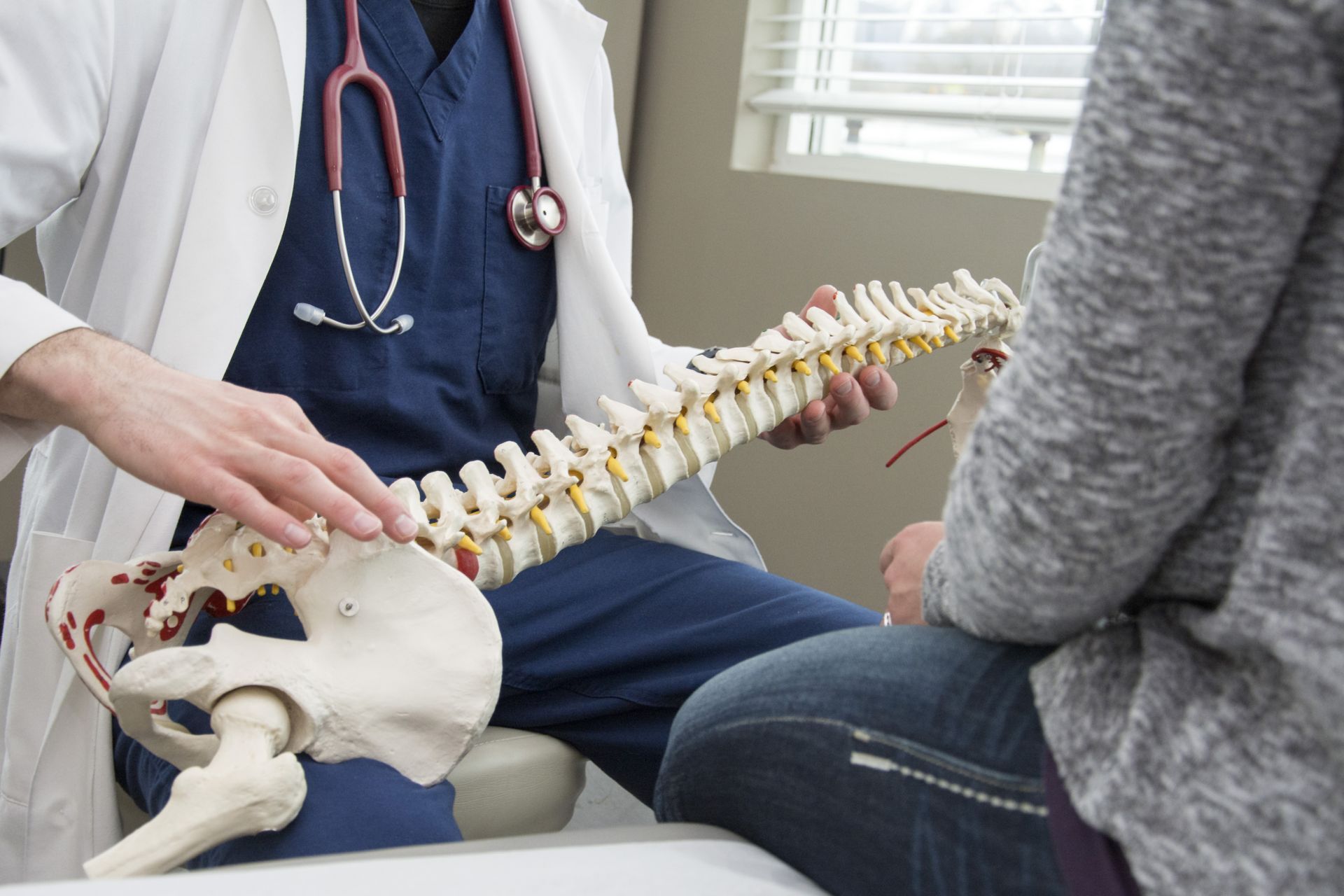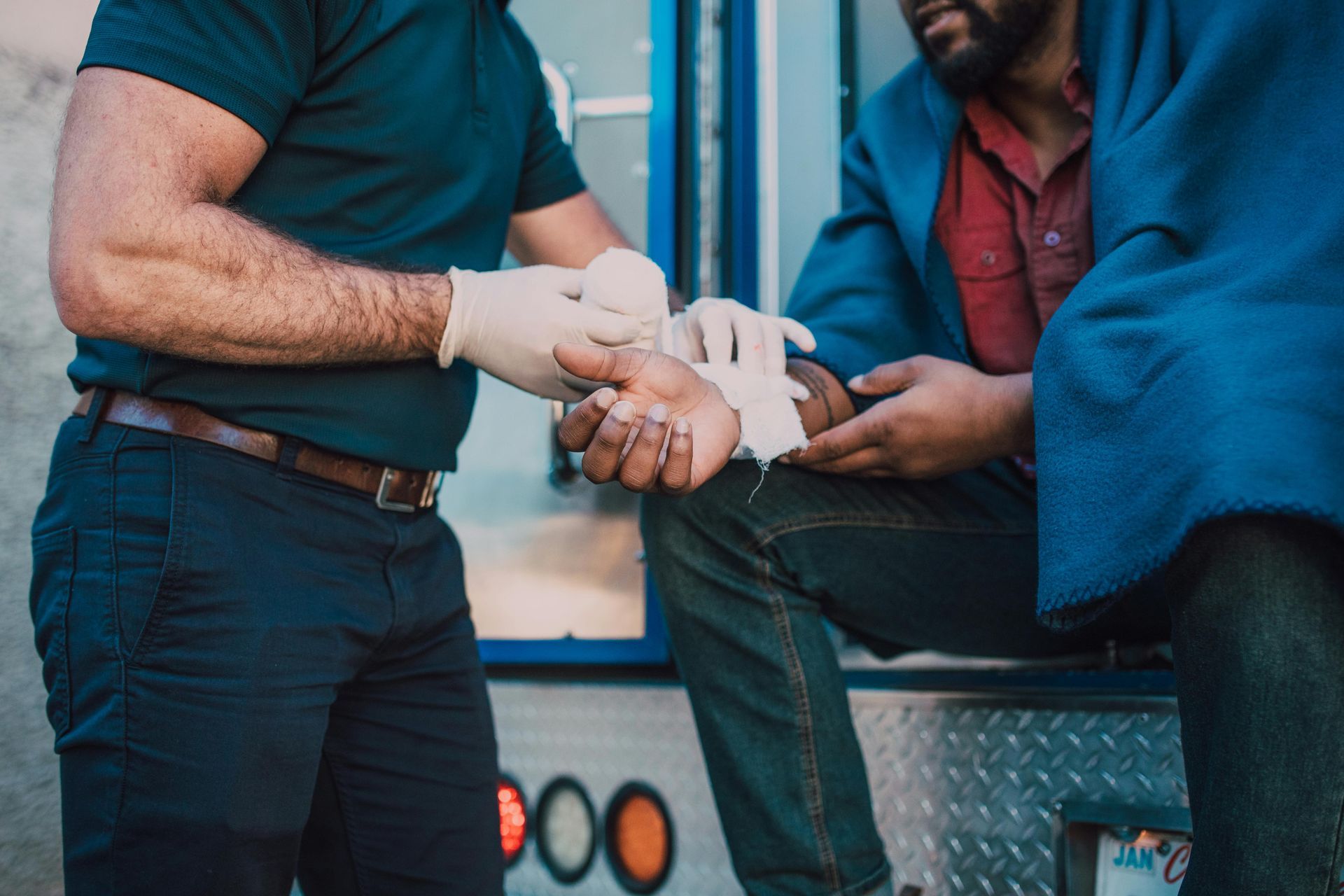Whiplash Symptoms and Treatment
Whiplash Symptoms and Treatment of Injuries as well as Physical Therapy

Whiplash is a non-medical term describing a range of injuries to the neck caused by or related to a sudden distortion of the neck associated with extension.
The term whiplash is a colloquialism. Cervical acceleration/deceleration describes the mechanism of the injury while the term whiplash associated disorders describe the injury sequel and symptoms.
Whiplash is commonly associated with motor vehicle accidents usually when the vehicle has been hit in the rear. However the injury can be sustained in many other ways including falls from stools bicycles or horses. It stands out as one of the main injuries covered by the car insurers.
Before the invention of cars whiplash injuries were called "railroad spine", as noted mostly during train collisions. After the invention of cars the number of whiplash related injuries have risen sharply due to an increase in rear-end motor vehicle collisions.
The first case of severe neck pain arising from a train collision was documented around 1919. Given the wide variety of symptoms that are associated with whiplash injuries a task force on whiplash associated disorders coined the phrases 'whiplash associated disorders" and 'whiplash symptoms".
Symptoms reported by sufferers include pain and aching to the neck and back, referred pain to the shoulders, sensory disturbance such as pins and needles to the arms and legs, and headaches symptoms can appear directly after the injury but often not felt until days after.
Whiplash is usually confined to the spinal cord and the most common areas of the spinal cord affected by whiplash are the neck and the mid-back, middle of the spine.

Recommended treatment for individuals with whiplash associated disorders: Grade one to three should include manipulation, mobilizations, and range of motion exercises. Non narcotic analgesics and non-steroidal anti-inflammatory drugs may also be prescribed.
A cervical collar should not be used for longer than 72 hours as it may lead to prolonged inactivity. Return to normal activities as soon as possible to expedite a full recovery.
A different approach is taken by the National Institute for neurological disorders and stroke who suggests that treatment for individuals with whiplash may include pain medications and steroidal anti-inflammatory drugs, antidepressants, muscle relaxants, and a cervical collar (usually worn for two to three weeks), range of motion exercises. Physical therapy and cervical traction may also be prescribed. Supplemental heat application may relieve muscle tension.
Whiplash
is a common accident injury yet every individual needs unique treatment and
care. We encourage people with whiplash and their families to learn
as much as possible about the latest medical treatment and approaches
as well as healthy lifestyle choices.
If you or a loved one has experienced a personal injury that may be whiplash-related give Grappin Clinic a call today at: (941)426-9551 Their experienced physicians can diagnose and treat whiplash disorders and can offer physical therapy for neck and spinal rehabilitation.

























